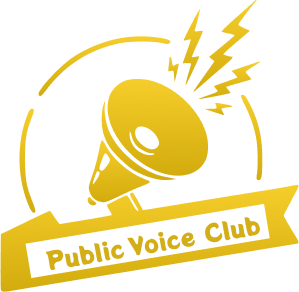Whether you’re a small business owner, a marketer, or an entrepreneur, one thing is for sure – you need to build high-converting funnels to drive conversions and grow your business. But if the thought of diving into code makes your head spin, don’t worry. There are plenty of tools and tips available to help you create effective funnels without ever touching a line of code.
The Importance of High-Converting Funnels
Before we dive into the how-to aspect of building high-converting funnels without code, let’s take a moment to understand why they are so important. Funnels are the backbone of any successful marketing strategy. They guide potential customers through the buying process, from awareness to final conversion. A well-designed funnel can help streamline the customer journey, increase conversions, and ultimately, drive revenue for your business.
Choosing the Right Funnel Tools
When it comes to building funnels without code, the key is to choose the right tools. There are plenty of options available, each with its own unique features and capabilities. Some popular funnel tools include ClickFunnels, Leadpages, and Unbounce. These platforms offer drag-and-drop functionality, pre-designed templates, and integrations with other marketing tools, making it easy for even the most tech-challenged individuals to create effective funnels.
Conversion Tips for High-Converting Funnels
Once you’ve selected your funnel tool of choice, it’s time to focus on optimizing your funnel for maximum conversions. Here are some actionable tips to help you build high-converting funnels without code:
1. Clearly Define Your Target Audience
Before you start building your funnel, take the time to clearly define your target audience. Who are they? What are their pain points? What are their goals? By understanding your audience, you can create a funnel that speaks directly to their needs and motivates them to take action.
2. Create Compelling Copy and Visuals
Compelling copy and visuals are essential for capturing the attention of your audience and guiding them through the funnel. Use clear, concise language that highlights the benefits of your product or service. Incorporate eye-catching visuals that reinforce your message and drive engagement.
3. Implement A/B Testing
A/B testing is a powerful tool for optimizing your funnel. By testing different variations of your funnel elements, such as headlines, call-to-action buttons, and images, you can identify what resonates best with your audience and make data-driven decisions to improve conversion rates.
4. Simplify the Checkout Process
The checkout process is often the final hurdle in the conversion journey. Make sure it’s as simple and seamless as possible. Remove any unnecessary steps, minimize form fields, and offer multiple payment options to provide a frictionless experience for your customers.
5. Leverage Automation
Automation tools can help streamline the funnel-building process and improve efficiency. Set up automated email sequences, retargeting ads, and personalized messaging to nurture leads and guide them towards conversion.
Conclusion
Building high-converting funnels without code may seem like a daunting task, but with the right tools and tips, it’s entirely possible. By focusing on understanding your audience, creating compelling copy and visuals, testing and optimizing your funnel, simplifying the checkout process, and leveraging automation, you can create effective funnels that drive conversions and grow your business. So roll up your sleeves, get creative, and start building those high-converting funnels today!
